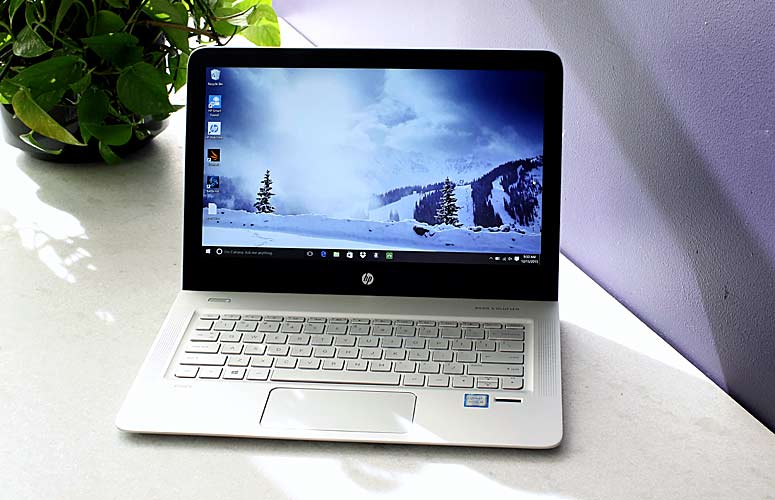After Apple released the super thin Macbook Air, what seemed like, years and years ago, there was a need for Microsoft laptops to have a niche segment for laptops that went head to head against Apple’s thinnest ever laptop: in came the Ultrabooks powered by Intel best processors. Ultrabooks have taken the laptop market by storm, since they offer better performance than most laptops, better battery and are super light in comparison too. However, Ultrabooks are not perfect, not yet… Here are three areas I feel Ultrabook laptops can still improve.
#1 Dedicated Graphics Card
Ultrabooks main USP is the fact they have better performance than laptops and are much much more portable than most laptops too. For trivial tasks such as using the internet, web browsing and using the Microsoft Office suite, this might be the case. With much more demanding tasks, such as video editing, simulation analysis and more, Ultrabooks struggle. The main reason for this is because Ultrabooks do not usually have a dedicated graphics card to help render what the processor has processed onto the screen. This results in sluggishly freezing screens that lack the finest you would expect an Ultrabook to have. Therefore, if Ultrabooks truly want to replace and better laptops in half the envelope size, they need to start using dedicated and better graphics cards.
#2 Uncompromised Keyboards and Touch pads
Due to the size of Ultrabooks which range between 12-14 inch screen size, you will tend to find that to fit a keyboard and touch pad into this space, they need to be compromised and reduced in size. Even if this is ever so slightly, it is enough to notice that the keyboard is not as big and easy to use as, let’s say, on a 15 inch standard laptop. For this reason, Ultrabooks need to always have a keyboard that is the size of a standard keyboard and a touch pad to match – an example of a compromised touch pad is the HP Envy 13 (pictured right) which has a much shorter-in-depth touch pad to the norm.
and touch pad into this space, they need to be compromised and reduced in size. Even if this is ever so slightly, it is enough to notice that the keyboard is not as big and easy to use as, let’s say, on a 15 inch standard laptop. For this reason, Ultrabooks need to always have a keyboard that is the size of a standard keyboard and a touch pad to match – an example of a compromised touch pad is the HP Envy 13 (pictured right) which has a much shorter-in-depth touch pad to the norm.
#3 Bezel Free Screens
One of the appeal of Ultrabooks is the fact that they are so portable. The way manufacturers do this is by adopting screen sizes in the range of 12-14 inches. However, the actual footprint of the laptop is around 13-15″ because of the bezel that goes around the screen. Those that I know that have Ultrabooks always complain that the screen is just a tad too small – this could be removed with the solution of bezel free screens. From this, the size of the Ultrabook can stay the same but the screen will be much larger, closer to the size of a normal laptop’s screen. A laptop that has achieved this is the Dell XPS 13 and 15, which has the first Infinity Edge display.
Ultimately, Ultrabooks are the way forward. But, they are by no means the perfect solution to computing, yet. With these changes to them, they will likely dominate the market and become a clear winner: even compared to Apple’s range of high-end Macbooks.








You must be logged in to post a comment Login